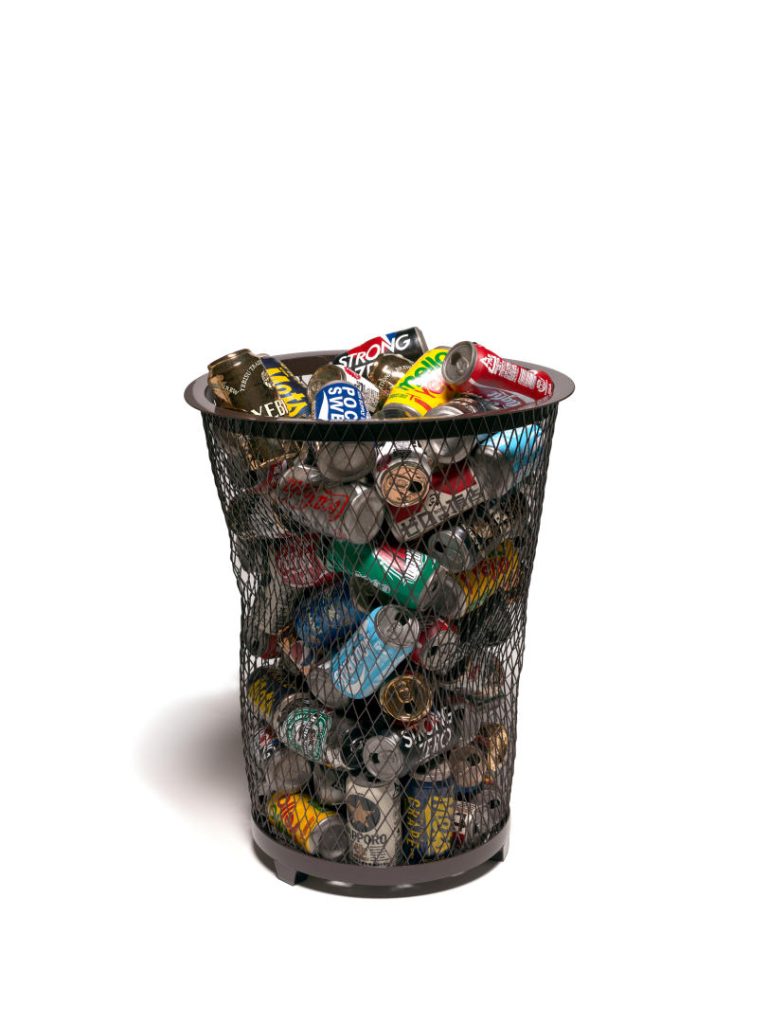We acknowledge the Traditional Owners of the land on which the Queensland Art Gallery | Gallery of Modern Art stands and recognise the creative contribution First Australians make to the art and culture of this country.

Kimiyo Mishima / Japan b.1932 / Work 21 – C4 2021 / Screenprinted and hand-coloured ceramic and iron / 74 x 56 x 56cm / The Kenneth and Yasuko Myer Collection of Contemporary Asian Art. Purchased 2021 with funds from Michael Sidney Myer through the QAGOMA Foundation / Collection: QAGOMA / © Kimiyo Mishima
Kimiyo MishimaWork 21 – C4 2021
Not Currently on Display
Kimiyo Mishima’s Work 21 – C4 (C standing for ‘cans’) features an iron mesh bin full to the brim with ceramic representations of 90 aluminium drink cans, their colourful designs rendered in convincing detail.
For Mishima, waste is a sign of overproduction — of a society that generates more than it can sustainably process and certainly more than it needs. She views ceramics as fragile objects that are, therefore, inherently valuable. Accordingly, she describes her work with the paradoxical phrase ‘breakable printed matter’ — ‘throwaway’ objects whose beauty and material vulnerability suggest handling with care.
In Mishima’s practice, there is a sense of absurdism visible on the gleaming surfaces of her boxes, cans and paper bags. However, it is open to question where the greater absurdity lies: in the carefully crafted replicas of consumer waste, or in a world threatened by its own throwaway mentality with all-consuming mountains of rubbish.
Kimiyo Mishima first came to prominence in Japan as a painter in the late 1950s and 1960s, collaging news and magazine clippings to oils on canvas as a play on the emerging consumer culture.
In 1971, she turned to ceramics, crafting objects that re-create ordinary products such as newspapers, manga, strips of film and post boxes in ways that closely mimic the originals. Using screenprinting and hand-colouring, her ceramics quickly became refined to the point that she considered them replicas of the everyday.
Over her long career, Kimiyo Mishima has become one of Japan’s most widely exhibited ceramic artists, noted for her wry humour and material sophistication. Her background, however, lies not in Japan’s justly honoured disciplines of craft and design but in the avant-garde, accompanied by a persistent fear of being buried in the ever-accumulating cast-offs of contemporary society.